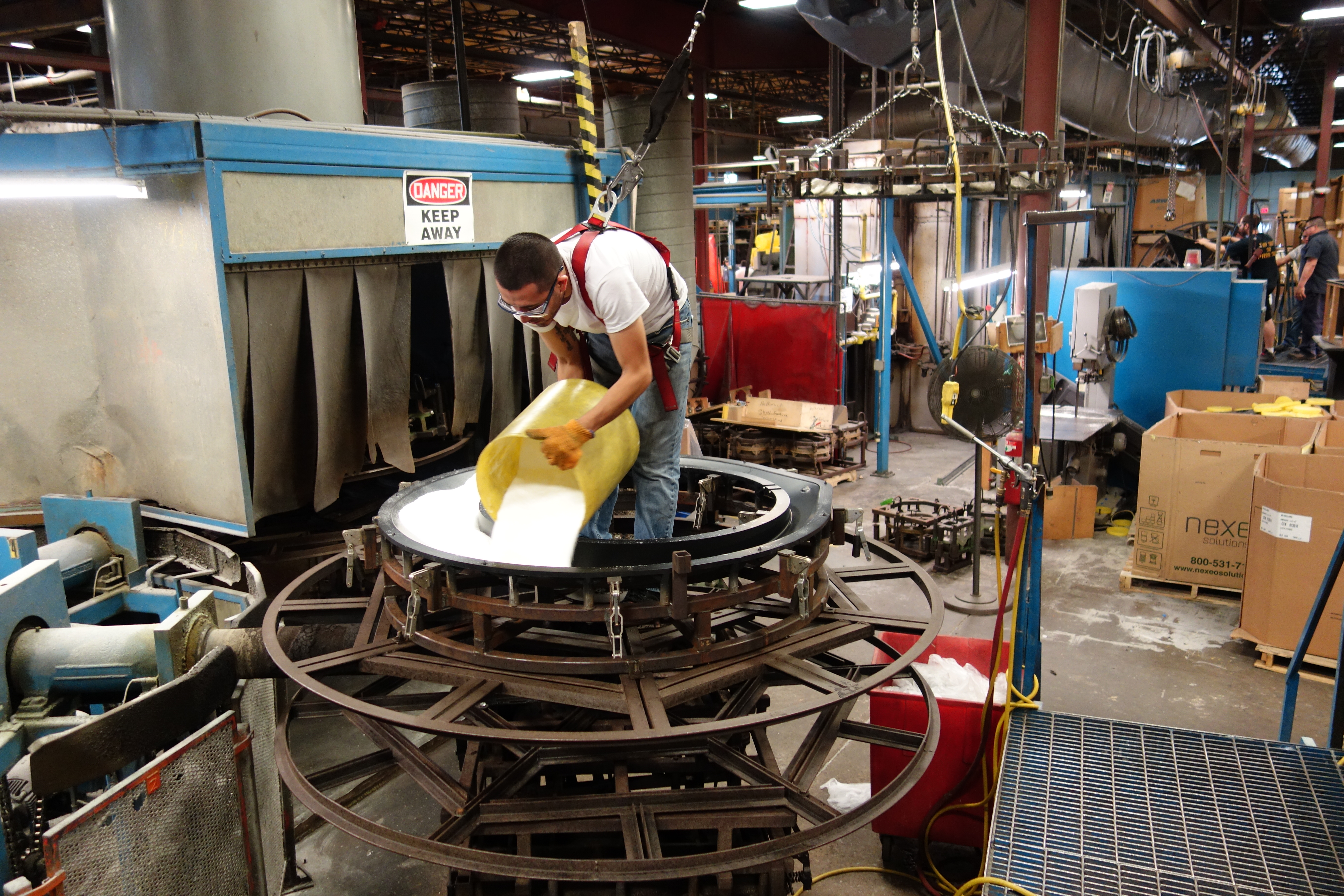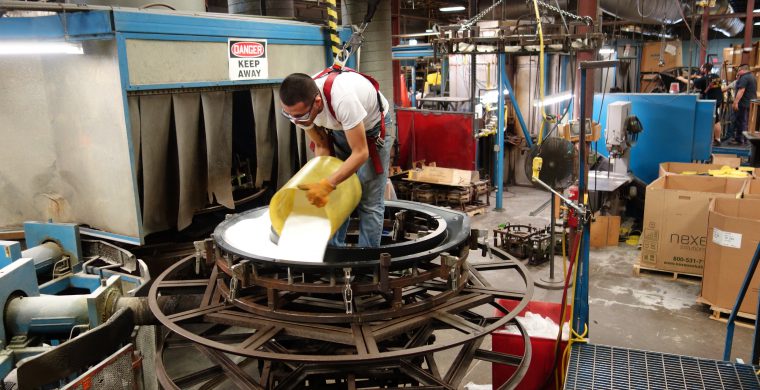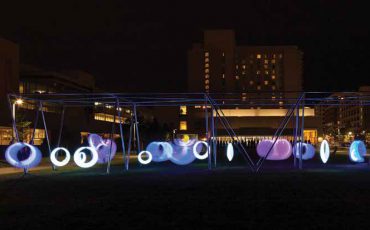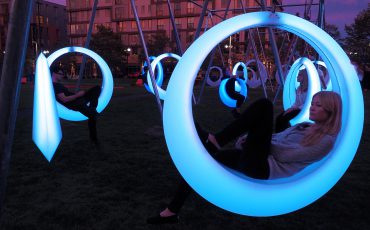
Rotational molding materials need to support the production of strong, hollow plastic parts. Roto molding, as this plastics manufacturing process is also known, is popular among product designers because of its low tooling costs and quick tooling modifications. Rotational molding also supports the production of shapes that are impossible to create with other plastic molding methods. In addition, roto molding is flexible enough for both small, intricate products and large, complex assemblies.
Part design and tooling costs are important, of course, but so is roto molding material selection. Along with polypropylene (PP) and static-dissipative polyethylene (PE), part designers and product engineers can specify linear low-density polyethylene (LLDPE) and high-density polyethylene (HDPE). Understanding the differences between LLDPE and HDPE is especially important since these materials are similar in terms of chemical composition but not the same in terms of performance properties.
LLDPE Rotational Molding
LLDPE has a medium stiffness and a high tensile strength, the maximum stress a material can withstand while being pulled or stretched before breaking. Although LLDPE is durable, this rotational molding material is considered to be forgiving. Common applications for LLDPE rotational molding include plastic tanks, buckets, bins, containers, toys, and outdoor recreational products and equipment.
Virgin LLDPE materials are known for their resistance to chemicals and environmental stress cracking. For outdoor applications, these rotational molding materials can be enhanced with ultraviolet (UV) light stabilizers and with anti-fungal or anti-microbial additives. To produce rotomolded parts in specific colors, LLDPE can be blended with pigments.
HDPE Rotational Molding
HDPE also has high tensile strength but is stiffer than LLDPE. This makes HDPE a better choice for some plastic tanks, and for products such as boat docks, cargo tanks, and underground vessels. HDPE rotational molding can also support products, such as those used in the food processing industries, that must meet guidelines from the Food and Drug Administration (FDA) or the U.S. Department of Agriculture (USDA).
Like LLDPE, HDPE rotational molding materials are available in virgin grades and support the use of additives, stabilizers, and pigments. Gregstrom Corporation, a rotational molder with over 70 years of experience, can help you to select the rotational molding material and provides value-added services such as design assistance and tooling. For help with your next plastics project, contact us.



